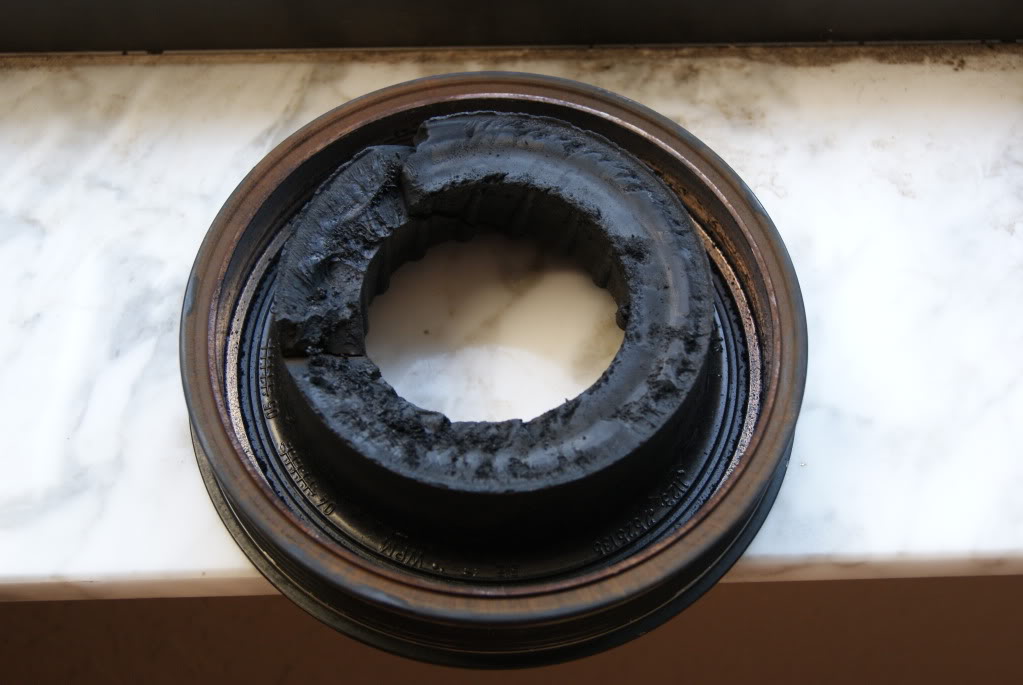"As far as burning cleaner or more efficiency, the turbo would not necessarily do that. Clean burning and not wasting extra full is just having the correct stoichiometric mixture in the cylinder for burning. Also affecting that is timing. In some cases a variable timing device is used, but I don't know that there's any timing at all in a diesel, suspect it's built into the engine and not adjustable"
This is a good book that will likely sway your view after you read it and it helps describe the turbo on a diesel....
"Marine diesel engines" - Nigel Calder ISBN #0-87742-313-X
It is more than just a basic book as it has some very good charts and troubleshooting guides for those with diesels.
In general the more turbulence and larger intake charge you can supply the more efficient they will run.
This is a good book that will likely sway your view after you read it and it helps describe the turbo on a diesel....
"Marine diesel engines" - Nigel Calder ISBN #0-87742-313-X
It is more than just a basic book as it has some very good charts and troubleshooting guides for those with diesels.
In general the more turbulence and larger intake charge you can supply the more efficient they will run.







